What is 'consciousness'?

Although people somehow recognize what 'consciousness' we have, it is very difficult to express the answer to that question in words.
The Origin of Consciousness – How Unaware Things Became Aware --YouTube
'Consciousness' is probably the biggest mystery in nature.
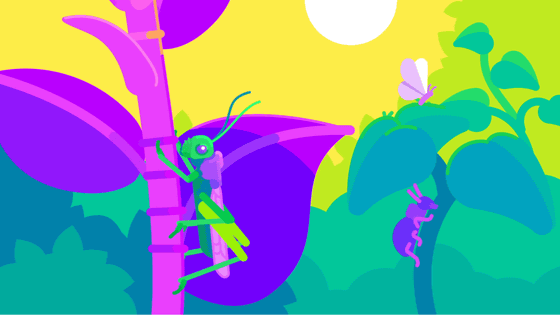
Consciousness can be said to be a grasp of our surrounding environment and our internal state.
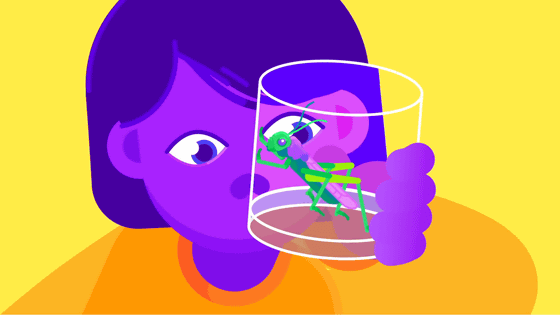
However, while people intuitively know what consciousness is, trying to put 'what is consciousness' into words is like grabbing a cloud.
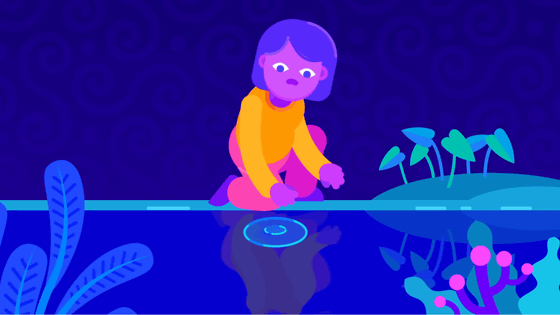
Even philosophers and scientists are struggling with the definition of consciousness, and various schools and opinions have emerged, but no conclusions have been reached.

Like the evolutionary process leading up to humans, our consciousness is thought to have evolved through the selection of nature.
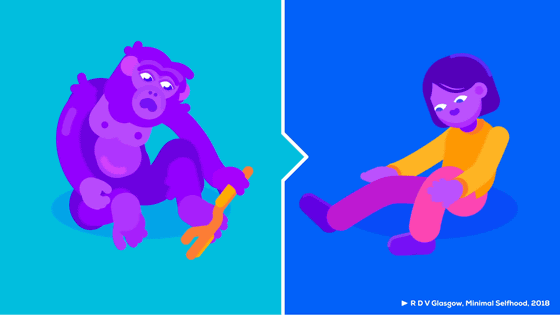
If so, what was the 'first step from the'unconscious''?

Everyone seems to agree that 'stones do not

However, since stones do not move spontaneously, it is impossible to prove whether they are conscious or not.
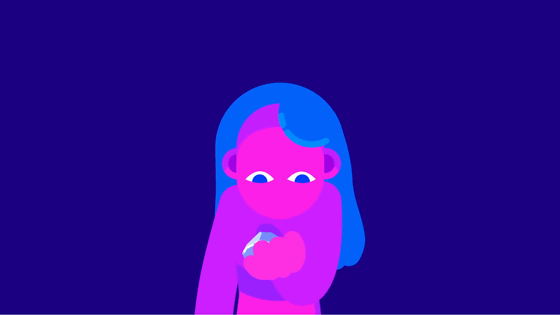
So, let's say we start talking about consciousness from living things.

Creatures need food to survive for the prosperity of their species.
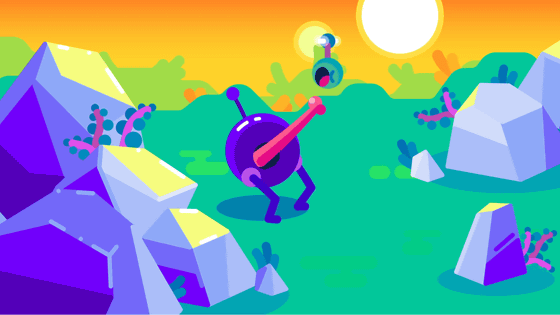
In the world of microorganisms, creatures move around randomly and do not move in a specific direction, and it can be said that they are not aware of their surroundings. Primitive consciousness is probably 'moving on your own to those who have food.'
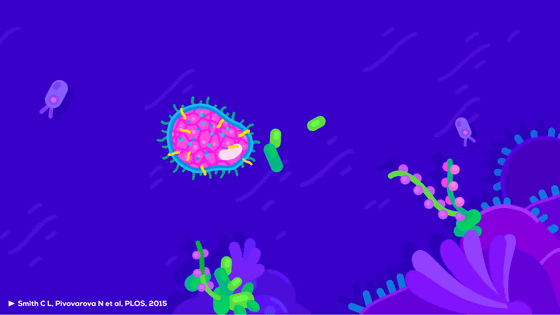
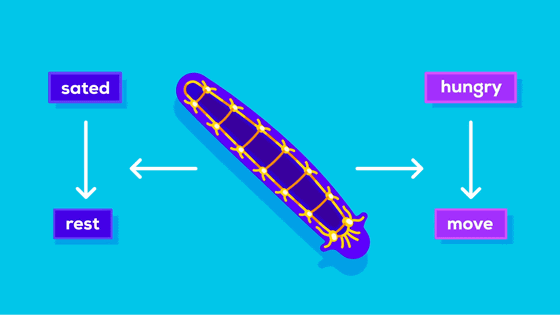
Dugesia tigrina uses
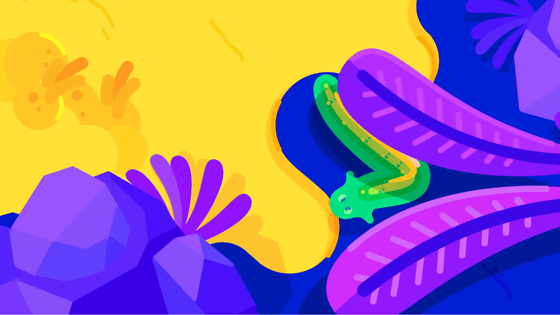
However, organisms that rely solely on their sense of smell do not know what is happening around them and where they are heading.
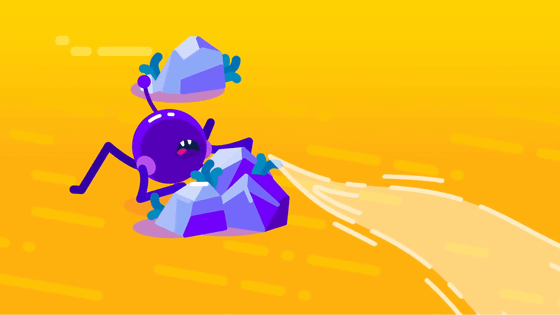
So the next step in consciousness is to have a sensory organ like the eye.
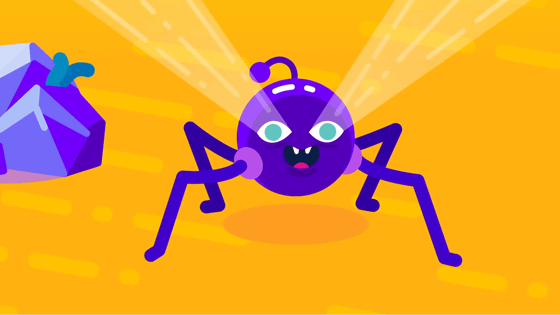
With vision, you can understand where you are and where food is, and raise your consciousness to a level closer to humans.
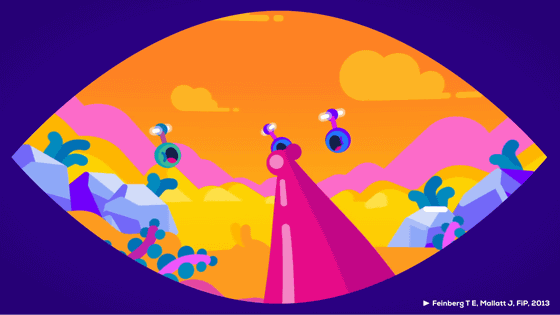
However, creatures that have only visual sense can only ask for food within the visible range, and even if there is food in an invisible place such as the back of a rock, they cannot notice it.
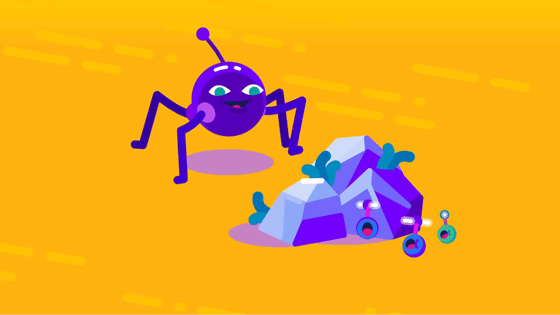
So the next step in consciousness is to anticipate when food is in the blind spot. Creatures with this level of consciousness can continue to chase once food escapes out of sight.
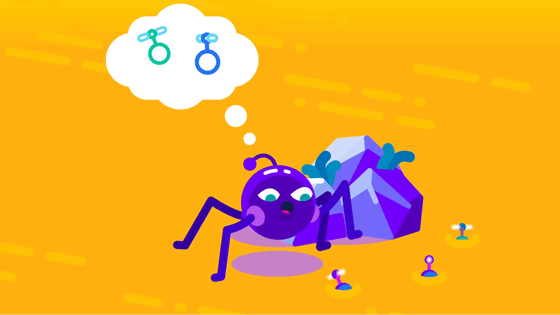
And the next step is to 'remember'.
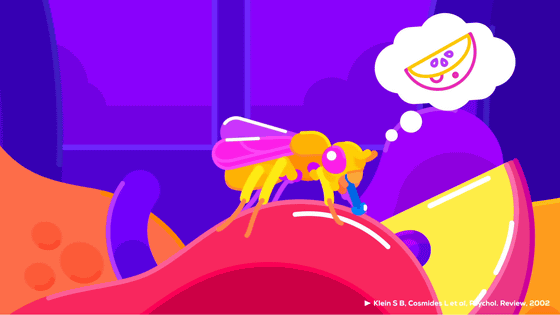
When you can remember, the creatures take a completely different action ...
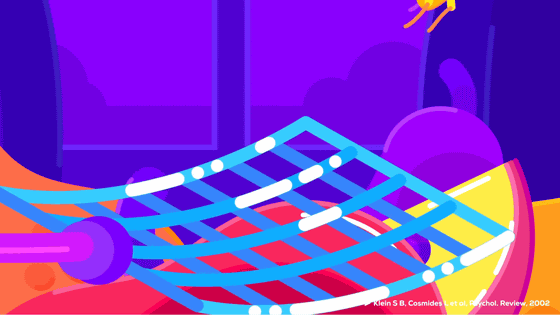
It is possible to resume the original activity by remembering the memory.
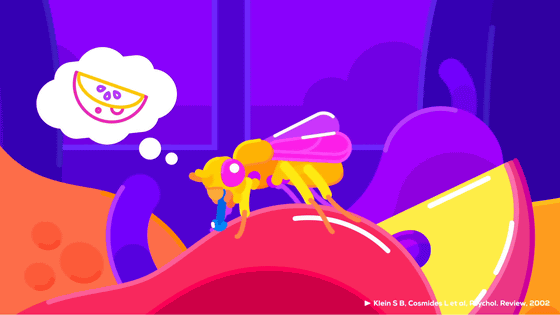
One of the phenomena related to memory is the phenomenon of '
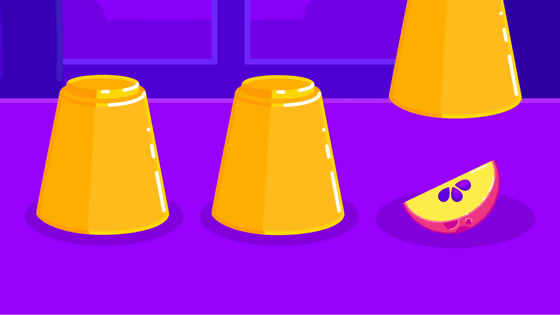
Some mammals and birds are known to have this ability.

While humans begin to have this ability about eight months after birth ...
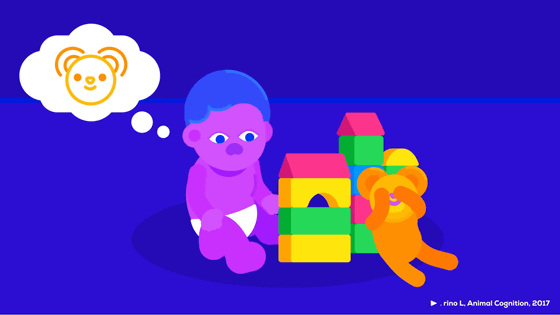
Chickes acquire the ability of 'permanence of things' in the first or second day of life.

The ability of 'persistence of things' leads to a 'sense of time'.

The sense of time is an important step in consciousness, and the sense of time makes it possible to 'predict the future.'
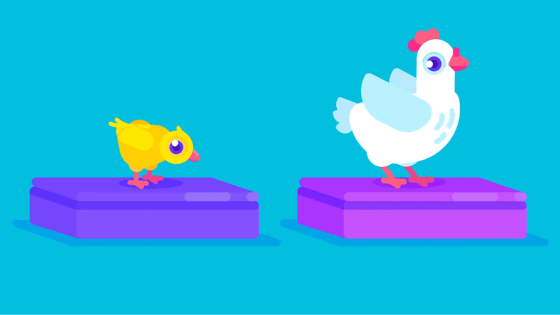
For example, an adult chicken can decide not to eat the food in front of him if he predicts that he will have more food.
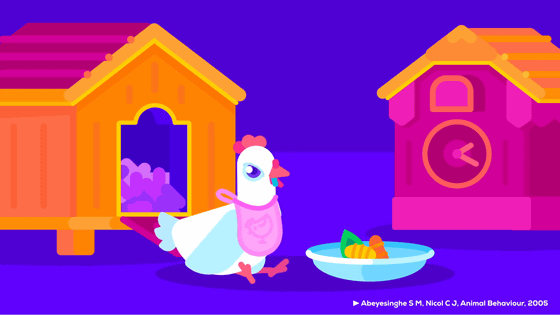
This means that chickens have the ability to think of rewards that are not in front of them.
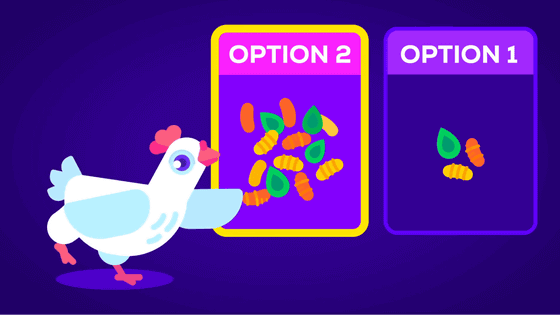
This is also a challenge for adult humans.
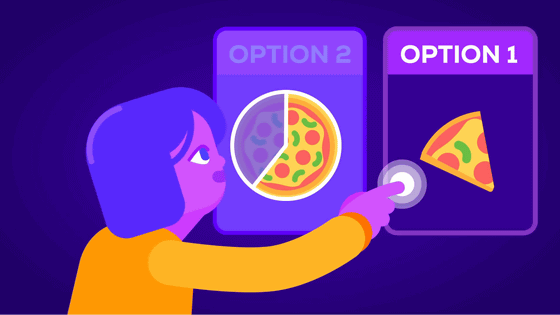
Jays are experts in this ability, even burying their food in the ground and hiding it when it is likely to be stolen by another jay.
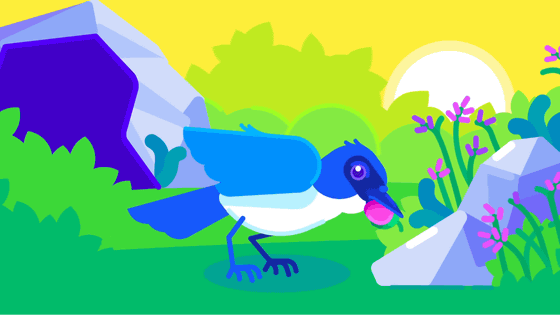
This means that the jay recognizes the 'consciousness' of others, that 'there are other creatures besides ourselves, and those creatures move with a different' consciousness 'from ourselves.' That is.
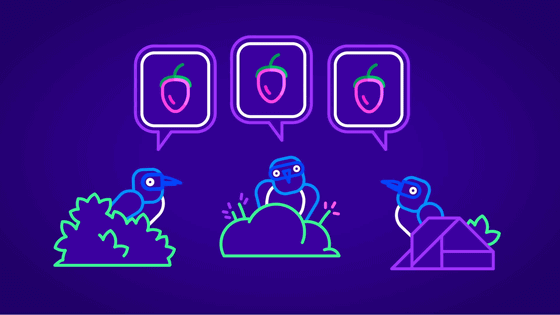
'Predicting the thoughts of others' is extremely important for complex levels of consciousness.
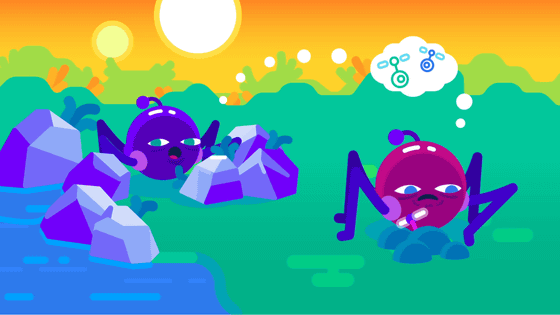
Give yourself an edge over your competitors by anticipating the thoughts of others.
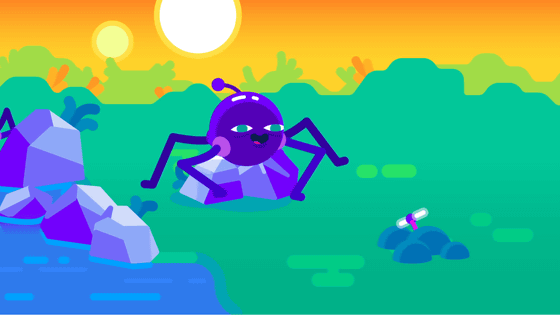
'Words' raise consciousness to a different dimension.
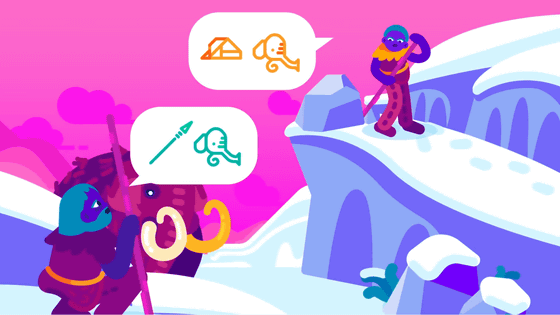
Mankind has become able to interact with others thanks to 'words'.
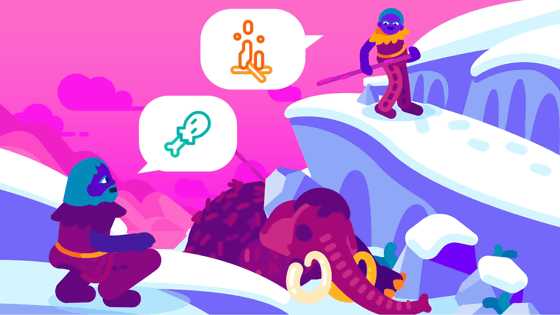
We are now able to think about ourselves and the world thanks to 'words'.
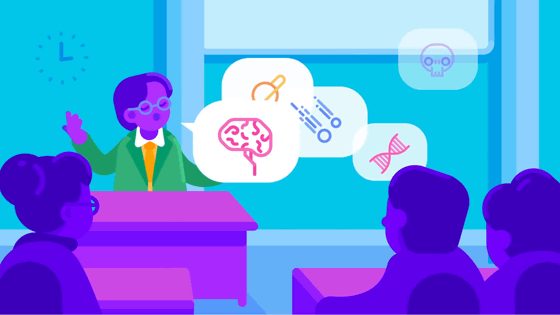
Returning to the story of 'what is the origin of consciousness,' the origin of consciousness probably began with moving oneself straight toward food.

Due to evolutionary selection, food-conscious creatures have an advantage over creatures that do not move at all or that move randomly. This has its roots in 'seeking for food.'
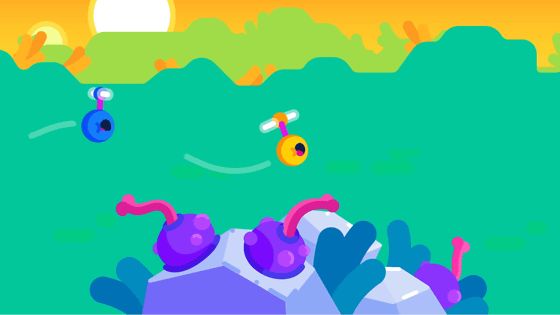
As a result of our evolution, we have become able to dream of space and build skyscrapers ...
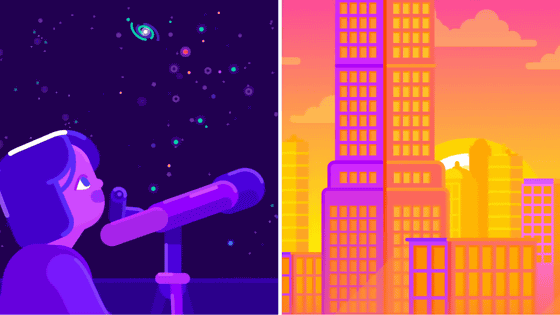
It's no wonder we just think about what to eat for our next meal.

We have put a lot of thought and ingenuity into getting food. Only in modern times can human beings get food with a little effort.

Related Posts:







